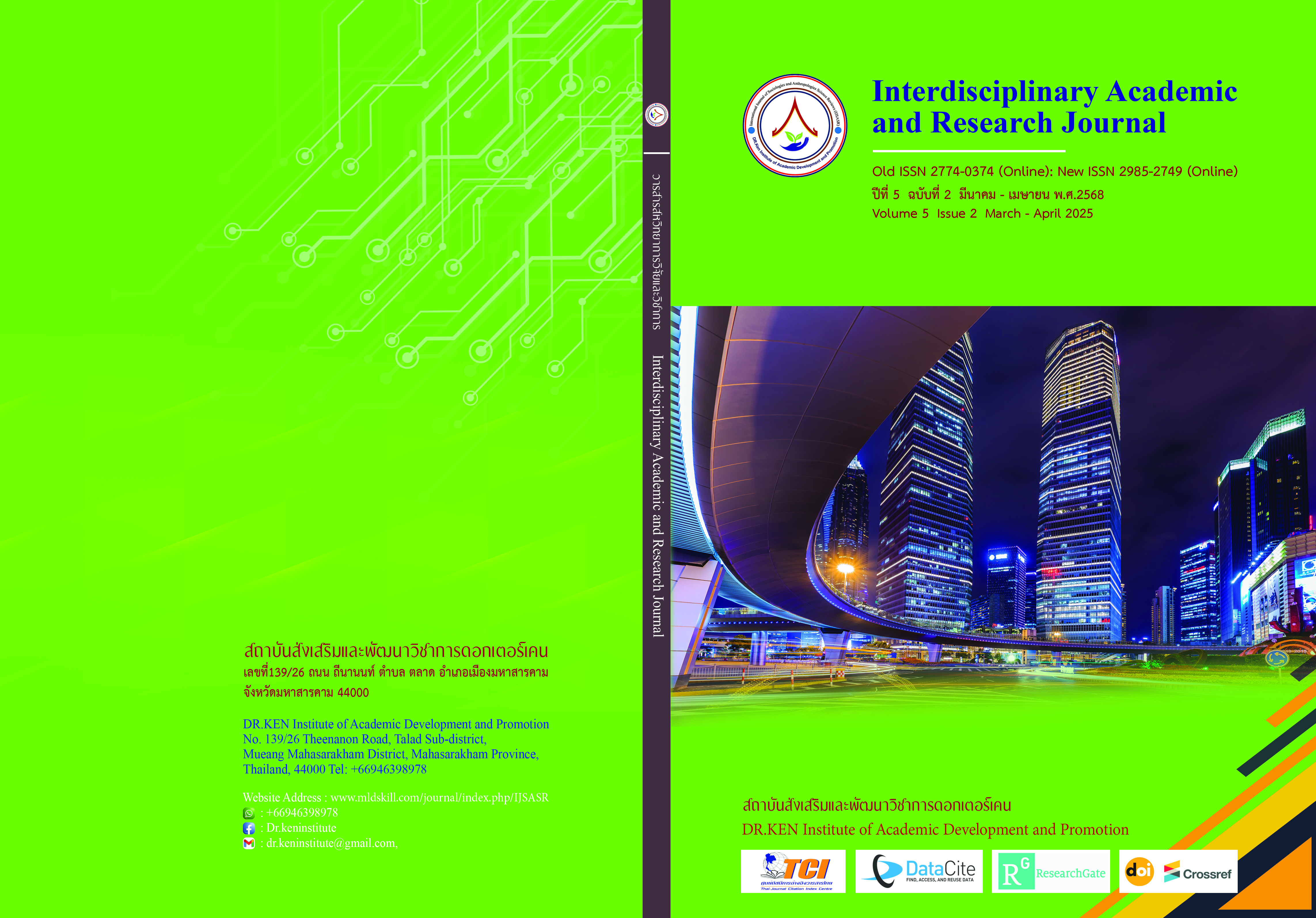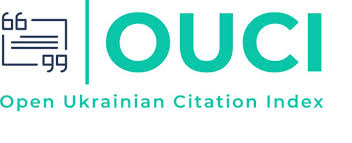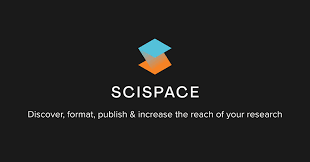Implementing KWDL Learning Techniques to Enhance Academic Achievement in Mathematics on Solving the Rule of Three Problems for Prathomsuksa 5 Students at Ramkhamhaeng University Demonstration School (Elementary Level)
DOI:
https://doi.org/10.60027/iarj.2025.283102Keywords:
KWDL Technique, Academic Achievement, The Rule of Three ProblemsAbstract
Background and Objectives: According to Prathomsuksa's 5 mathematics education, students frequently struggle to analyze problem-solving tasks, particularly in solving the rule of three problems, leading to low achievement in this topic. Therefore, the researcher implemented the KWDL technique in mathematics instruction to improve students' academic performance. This study aimed to 1) compare students' academic achievement in solving the rule of three problems before and after implementing KWDL-based instruction, and 2) study students' satisfaction with the KWDL technique to enhance learning outcomes in mathematics, specifically in solving the rule of three problems.
Research Methodology: The sample for this research consisted of 32 Prathomsuksa 5/2 students from Ramkhamhaeng University Demonstration School (Elementary Level) during the first semester of the 2024 academic year. The cluster random sampling method was employed, selecting one classroom as the unit for randomization. The research instruments included: 1) 9 KWDL-based lesson plans in the topic of solving the rule of three problems for Prathomsuksa 5 students; 2) pre- and post-tests to measure academic achievement in solving the rule of three problems; and 3) a satisfaction questionnaire on the KWDL-based learning approach. The data analysis was conducted using mean , standard deviation , and a t-test.
Results: The study found that: 1) a comparison of students' academic achievement before and after instruction revealed that post-instruction achievement, following the use of KWDL techniques, was significantly higher than pre-instruction achievement at the .05 level, and 2) students' satisfaction with the KWDL-based learning approach was rated as high.
Conclusion: The instruction using the KWDL technique led to improved academic achievement among Prathomsuksa 5 students and fostered higher-order thinking skills, particularly analytical thinking, which can be applied to other subjects.
References
กระทรวงศึกษาธิการ. (2551). เอกสารประกอบหลักสูตรแกนกลางการศึกษาขั้นพื้นฐาน พุทธศักราช 2551. กรุงเทพมหานคร: ชุมนุมสหกรณ์การเกษตรแห่งประเทศไทย.
กระทรวงศึกษาธิการ. (2552). หลักสูตรแกนกลางการศึกษาขั้นพื้นฐาน พุทธศักราช 2551. กรุงเทพมหานคร:ชุมนุมสหกรณ์การเกษตรแห่งประเทศไทย.
กัญญภัสสก์ เอกภัทร์ชัยวงษ์. (2564). การพัฒนาผลสัมฤทธิ์ทางการเรียนคณิตศาสตร์ โดยใช้การจัดกิจกรรม การเรียนรู้แบบกลุ่มร่วมมือเทคนิค TAI ร่วมกับ KWDL ของนักเรียนชั้นมัธยมศึกษาปีที่ 4. วิทยานิพนธ์ปริญญามหาบัณฑิต. มหาวิทยาลัยราชภัฏมหาสารคาม.
คมสัน อินทแสน และคณะ. (2560). ความพึงพอใจของประชาชนต่อการให้บริการขององค์การบริหารส่วนตำบล นาหว้า อำเภอภูเวียง จังหวัดขอนแก่น. การค้นคว้าอิสระปริญญารัฐศาสตร์บัณฑิต. มหาวิทยาลัยมหามกุฏราชวิทยาลัย.
จรัญ กองศรีกุลดิลก. (2552). การพัฒนาความสามารถในกรแก้โจทย์ปัญหาคณิตศาสตร์โดยใช้แบบฝึกกิจกรรมการแก้ปัญหาคณิตศาสตร์ที่เน้นการวางแผนการแก้ปัญหา ของนักเรียนชั้นประถมศึกษาปีที่ 6 โรงเรียนวัดบางกุฎีทอง จังหวัดปทุมธานี. วิทยานิพนธ์ปริญญามหาบัณฑิต. มหาวิทยาลัยราชภัฏพระนคร
ชวลิต ด้วงเหมือน. (2561). ผลการจัดการเรียนรู้วิชาคณิตศาสตร์ เรื่อง โจทย์ปัญหาการบวก ลบ คูณ หารระคน ด้วยเทคนิค KWDL ร่วมกับการใช้แผนภาพ ที่มีต่อผลสัมฤทธิ์ทางการเรียนและทักษะการแก้โจทย์ปัญหาคณิตศาสตร์ สำหรับนักเรียนชั้นประถมศึกษาปีที่ 4. วิทยานิพนธ์ปริญญามหาบัณฑิต. มหาวิทยาลัยบูรพา.
ธวัชชัย ศุภดิษฐ์. (2556). ปัจจัยที่มีผลต่อผลสัมฤทธิ์ทางการเรียนในระดับปริญญาโท ของสถาบันบัณฑิตวิทยาลัยบริหารศาสตร์ ปีการศึกษา 2554. สถาบันบัณฑิตพัฒนบริหารศาสตร์.
บุญชม ศรีสะอาด. (2553). การวิจัยเบื้องต้น. กรุงเทพมหานคร: สำนักพิมพ์สุรีริยาสาส์น
ลลิตา ยะปะตัง. (2565). การพัฒนาความสามารถในการแก้ปัญหาทางคณิตศาสตร์ โดยการประยุกต์การเรียนรู้แบบร่วมมือเทคนิค TAI ร่วมกับกระบวนการแก้ปัญหาของโพลยา สำหรับนักเรียนชั้นมัธยมศึกษาปีที่ 3. วิทยานิพนธ์ปริญญามหาบัณฑิต. มหาวิทยาลัยมหาสารคาม.
วัชรา เล่าเรียนดี. (2556). รูปแบบและกลยุทธ์การจัดการเรียนรู้เพื่อพัฒนาทักษะการคิด (พิมพ์ครั้งที่ 10 ed.). นครปฐม: โรงพิมพ์มหาวิทยาลัยศิลปากร
วิวรรยา ขอนยาง, สมนึก วิเศษสมบัติ, สร้อยตระกูล (ติวยานนท์) อรรถมานะ, อุทัยพรรณ สุดใจ. (2545). รายงานการวิจัย ความพึงพอใจของผู้ใชบริการภูพานเพลช สถาบันราชภัฏสกลนคร. เชียงใหม่: มหาวิทยาลัยเชียงใหม่
วิศรุต ตะกรุดแจ่ม. (2562). การศึกษาผลสัมฤทธิ์ทางการเรียน และการคิดวิเคราะห์ เรื่องโจทย์ปัญหาร้อยละ โดย ใช้การจัดการเรียนรู้แบบ KWDL ของนักเรียนชั้นประถมศึกษาปีที่ 6. วิทยานิพนธ์ปริญญามหาบัณฑิต. มหาวิทยาลัยราชภัฏชัยภูมิ.
วีระศักดิ์ เลิศโสภา. (2554). ผลการใช้เทคนิคการสอน K-W-D-L ที่มีต่อผลสัมฤทธิ์ในการแก้โจทย์ปัญหาคณิตศาสตร์ของนักเรียนชั้นประถมศึกษาปีที่ 4. วิทยานิพนธ์ปริญญามหาบัณฑิต. จุฬาลงกรณ์มหาวิทยาลัย.
สถาบันทดสอบททางการศึกษาแห่งชาติ องค์การมหาชน. (2567). รายงานผลการวิเคราะห์ผลการทดสอบทางการศึกษาระดับชาติขั้นพื้นฐาน (O-NET) ชั้นประถมศึกษาปีที่ 6 ปีการศึกษา 2566 เพื่อพัฒนาการเรียนการสอน www.niets.or.th
สมนึก วิเศษสมบัติยาง. (2545). ความพึงพอใจของนักศึกษาคณะวิทยาการจัดการเกี่ยวกับการปฏิบัติงานของสถาบันราชภัฏเพชรบุรี. (ปริญญานิพนธ์การศึกษามหาบัณฑิต). มหาวิทยาลัยศรีนครินทรวิโรฒ.
สร้อยตระกูล (ติวยานนท์) อรรถมานะยาง. (2545). พฤติกรรมองค์การ: ทฤษฎีและการประยุกต์. กรุงเทพมหานคร: สำนักพิมพ์มหาวิทยาลัยธรรมศาสตร์.
อุทัยพรรณ สุดใจยาง. (2545). ความพึงพอใจของผู้ใช้บริการที่มีต่อการให้บริการขององค์การโทรศัพท์แห่งประเทศไทย จังหวัดชลบุรี. วิทยานิพนธ์ศิลปศาสตรมหาบัณฑิต สาขาวิชาสังคมวิทยาประยุกต์. บัณฑิตวิทยาลัย มหาวิทยาลัยเกษตรสาสตร์.
Ogle, D. M. (1986). K-W-L: A teaching model that develops active reading of expository text. Reading Teacher.
Shaw, G.M. (1997). Cooperative Problem Solving: Using KWDL as an Organizational Technique. Teaching Children Mathematics, 3 (9), 482-86.
Downloads
Published
How to Cite
Issue
Section
License
Copyright (c) 2025 Interdisciplinary Academic and Research Journal

This work is licensed under a Creative Commons Attribution-NonCommercial-NoDerivatives 4.0 International License.
Copyright on any article in the Interdisciplinary Academic and Research Journal is retained by the author(s) under the under the Creative Commons Attribution-NonCommercial-NoDerivatives 4.0 International License. Permission to use text, content, images, etc. of publication. Any user to read, download, copy, distribute, print, search, or link to the full texts of articles, crawl them for indexing, pass them as data to software, or use them for any other lawful purpose. But do not use it for commercial use or with the intent to benefit any business.
















.png)


